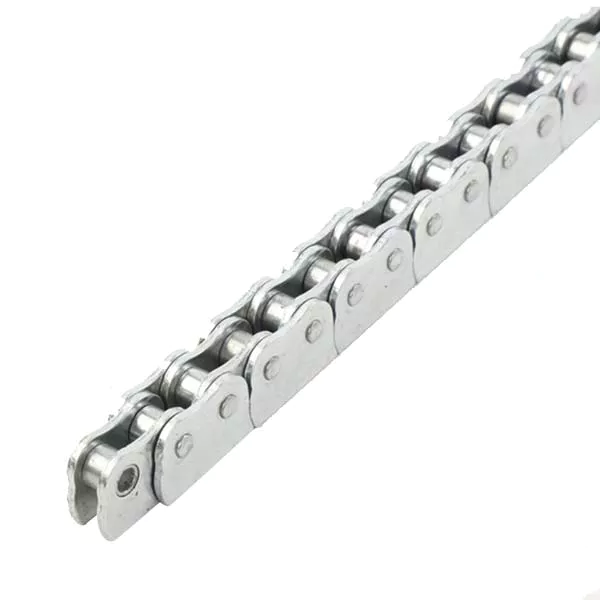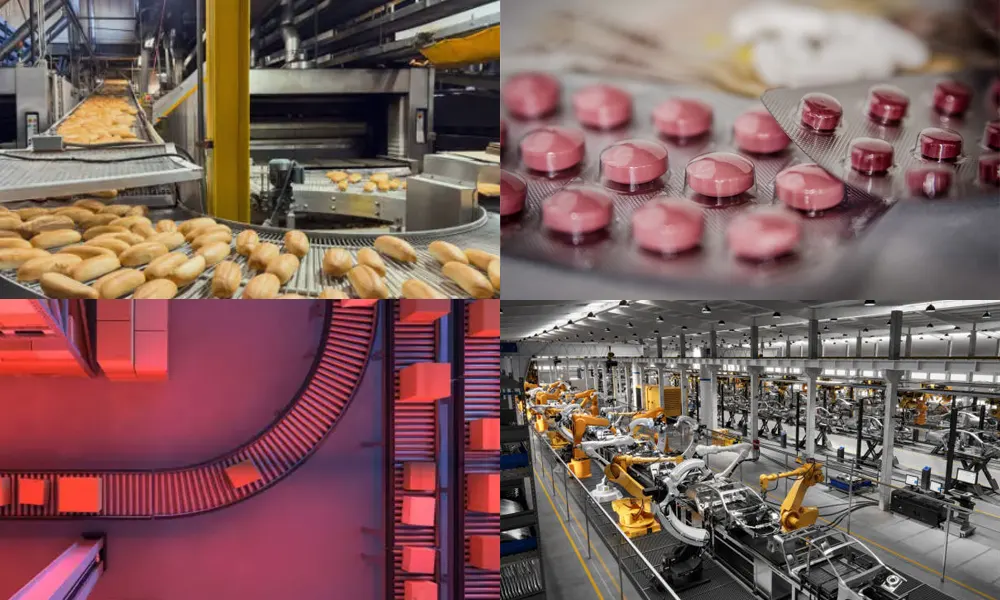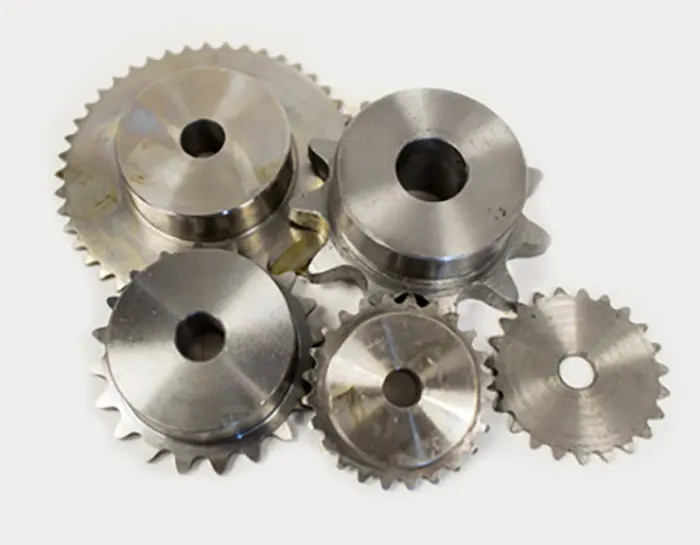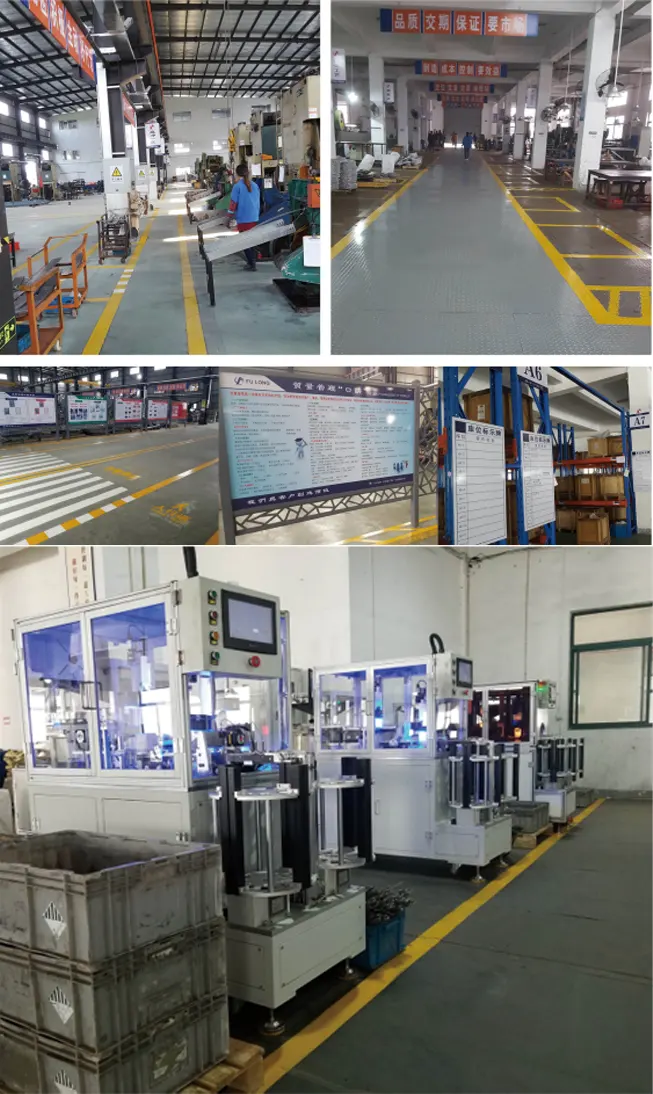Introduction
Disaster relief shelters play a crucial role in providing temporary housing and support to affected communities during times of crisis. To ensure the structural integrity and safety of these shelters, it is essential to use high-quality materials and components. One such component is the stainless steel anti-bent chain. In this article, we will explore the various applications of this chain and why it is an ideal choice for disaster relief shelters.
Application and Benefits
1. Roof Support
The stainless steel anti-bent chain is commonly used for roof support in disaster relief shelters. Its high tensile strength and resistance to bending make it an excellent choice for ensuring the stability and longevity of the shelter’s roof structure.
2. Wall Reinforcement
Another important application of the stainless steel anti-bent chain is wall reinforcement. By incorporating these chains into the shelter’s walls, the overall structural integrity is enhanced, providing better protection against external forces such as strong winds or earthquakes.
3. Foundation Stability
The stainless steel anti-bent chain is also used to improve the stability of the shelter’s foundation. By anchoring the chains to the ground and connecting them to the shelter’s structure, the risk of foundation displacement or collapse during a disaster event is significantly reduced.
Why Choose Stainless Steel Anti-Bent Chain for Disaster Relief Shelters
The following reasons highlight why the stainless steel anti-bent chain is an excellent choice for disaster relief shelters:
- Exceptional Strength: The stainless steel anti-bent chain offers exceptional tensile strength, ensuring the ability to withstand heavy loads and external forces.
- Corrosion Resistance: Made from high-quality stainless steel, this chain is highly resistant to corrosion, making it suitable for outdoor applications in various weather conditions.
- Longevity: The durable nature of stainless steel ensures the longevity of the anti-bent chain, reducing the need for frequent replacements and maintenance.
- Versatility: The chain can be easily customized to fit different shelter designs and requirements, providing flexibility in its application.
Common Fault Analysis and Solutions
1. Chain Deformation
In some cases, the stainless steel anti-bent chain may experience deformation due to excessive loading or improper installation. To address this issue, it is crucial to ensure that the chain is properly tensioned and that the load capacity is not exceeded.
2. Corrosion
Although stainless steel is highly resistant to corrosion, prolonged exposure to harsh environments can still lead to corrosion. Regular inspections and maintenance, including cleaning and applying protective coatings, can help prevent and mitigate corrosion-related issues.
3. Wear and Tear
Over time, the stainless steel anti-bent chain may experience wear and tear, especially in high-impact areas. Regular lubrication and replacement of worn-out sections can help maintain the chain’s functionality and prolong its service life.
Choosing and Customizing the Right Stainless Steel Anti-Bent Chain
When selecting or customizing a stainless steel anti-bent chain for disaster relief shelters, the following parameters and considerations should be taken into account:
- Load Capacity: Determine the maximum load that the chain will need to support and select a chain with an appropriate load rating.
- Chain Diameter and Length: Consider the specific dimensions and requirements of the shelter’s structural components to determine the optimal chain diameter and length.
- Surface Finish: Choose a surface finish that provides enhanced corrosion resistance and longevity.
- Installation Method: Select the appropriate installation method based on the shelter’s design and construction requirements.
Stainless Steel Sprockets for Anti-Bent Chains
The stainless steel sprockets are essential components that work in conjunction with the anti-bent chains. They ensure smooth and efficient transmission of power within the shelter’s structure. Our company offers a wide range of stainless steel sprockets that are compatible with the anti-bent chains mentioned in this article.
About Our Company and Recommended Stainless Steel Anti-Bent Chains
We are a leading manufacturer specialized in the design, manufacturing, and sale of high-quality stainless steel chains. Our stainless steel chains, including the anti-bent chains discussed in this article, are made from premium materials such as stainless steel 304, 310, 321, 316, 410, 420, 431, 630, and 2205. These chains find wide applications in various industries, including food processing, pharmaceuticals, electronics, appliances, automotive manufacturing, machinery, metallurgy, and wastewater treatment. We also offer professional customization services based on customer specifications and drawings. Our products are exported to Europe, America, Southeast Asia, and other regions. We encourage customers to explore our products and contact us for purchasing inquiries.
Q&A
Q: Can the stainless steel anti-bent chain be used in extreme weather conditions?
A: Yes, the stainless steel anti-bent chain is highly resistant to corrosion and can withstand a wide range of weather conditions, including extreme temperatures, moisture, and UV exposure.
Q: Can the stainless steel anti-bent chain be cut to specific lengths?
A: Yes, the stainless steel anti-bent chain can be cut to the desired lengths during the customization process, ensuring a precise fit for the shelter’s structural requirements.
Q: Are there different grades of stainless steel available for the anti-bent chain?
A: Yes, our company offers various grades of stainless steel for the anti-bent chain, allowing customers to choose the most suitable material based on their specific application requirements.
Edited by Zqq.






